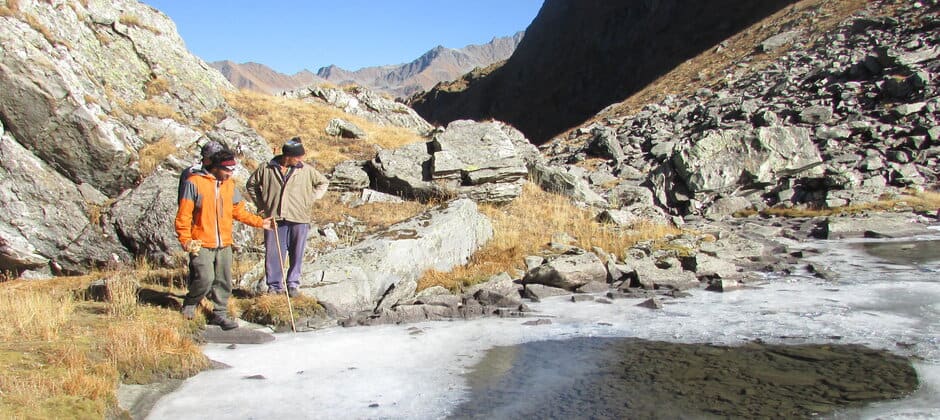Share this article
Wild Cam: Snow leopard spotted at lowest known elevation in southern distribution
Efforts to track carnivores in the Indian Himalayas reveal poaching hotspots, mesopredator behavior, and the first known photograph of a snow leopard in a relatively low-elevation national park.
“Getting a [photo of] snow leopard at this location and this elevation with the temperate forest behind the snow leopard is very surprising,” said TWS member Meghna Bandyopadhyay, a PhD candidate at the Wildlife Institute of India who presented her ongoing research at The Wildlife Society’s virtual 2020 Annual Conference.
Enlarge
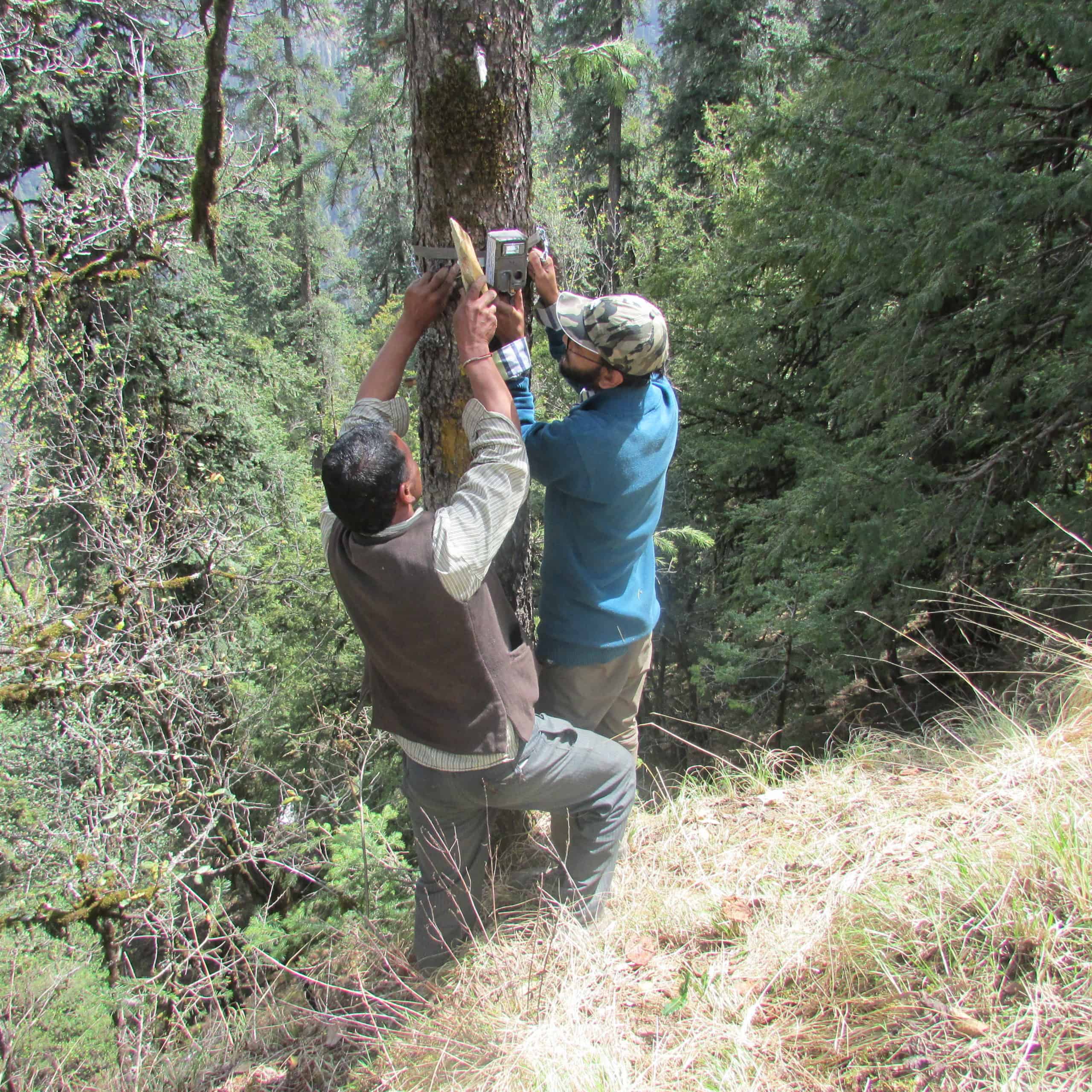
Credit: Meghna Bandyopadhyay
Bandyopadhyay and her colleagues, including supervisor K. Ramesh, saw there was a lack of research conducted on the carnivore ecology of the Great Himalayan National Park in northern India. With help from local people, they walked 438 kilometers, deploying 121 camera traps in a 110 square-kilometer area of a valley in the national park at elevations between 1,500 and 4,000 meters. From 2017 to 2019, they checked the cameras in the autumn before the snow season and again in the spring.
Enlarge
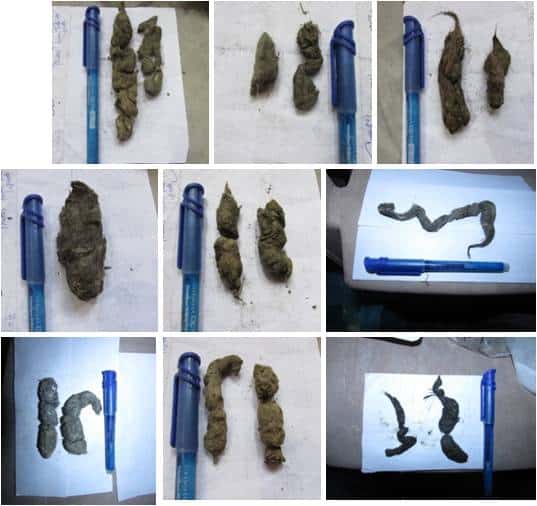
Credit: Meghna Bandyopadhyay
The researchers, with the help of five locals and master’s student Tryambak Dasgupta, also collected scat from 633 small carnivores and measured animal prints in the snow.
Enlarge
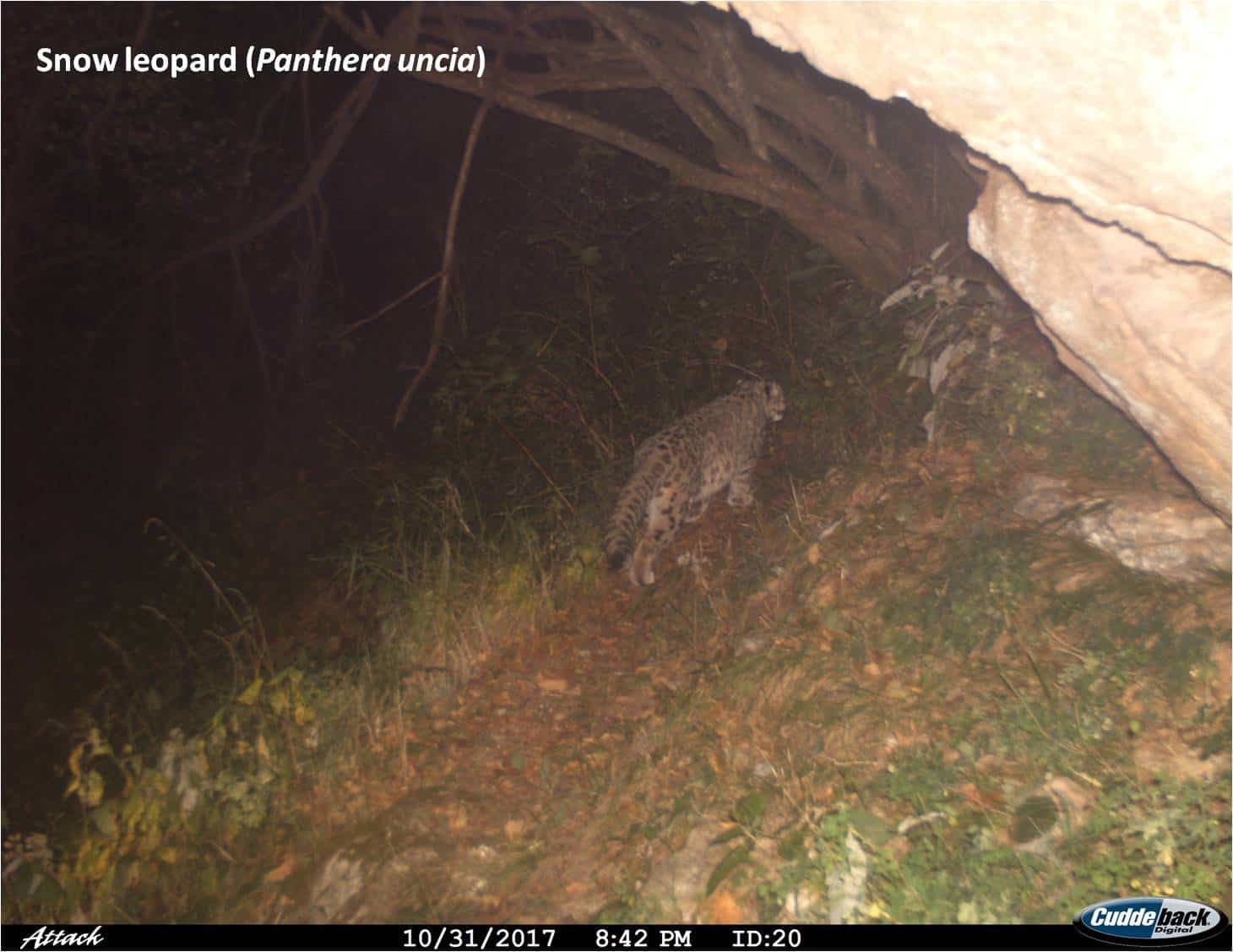
Credit: Meghna Bandyopadhyay
When the team checked the trail cameras, they found they had captured the first record of a snow leopard (Panthera uncia) in the national park. The sighting turned out to be a global record for lowest elevation of a snow leopard in its southern distribution being present yet known, at 2,495 meters.
“That’s the most exciting part,” Bandyopadhyay said. The photo was taken in October, before many of the ungulates that the cats prey on begin heading to lower elevations due to lower snow levels.
Enlarge
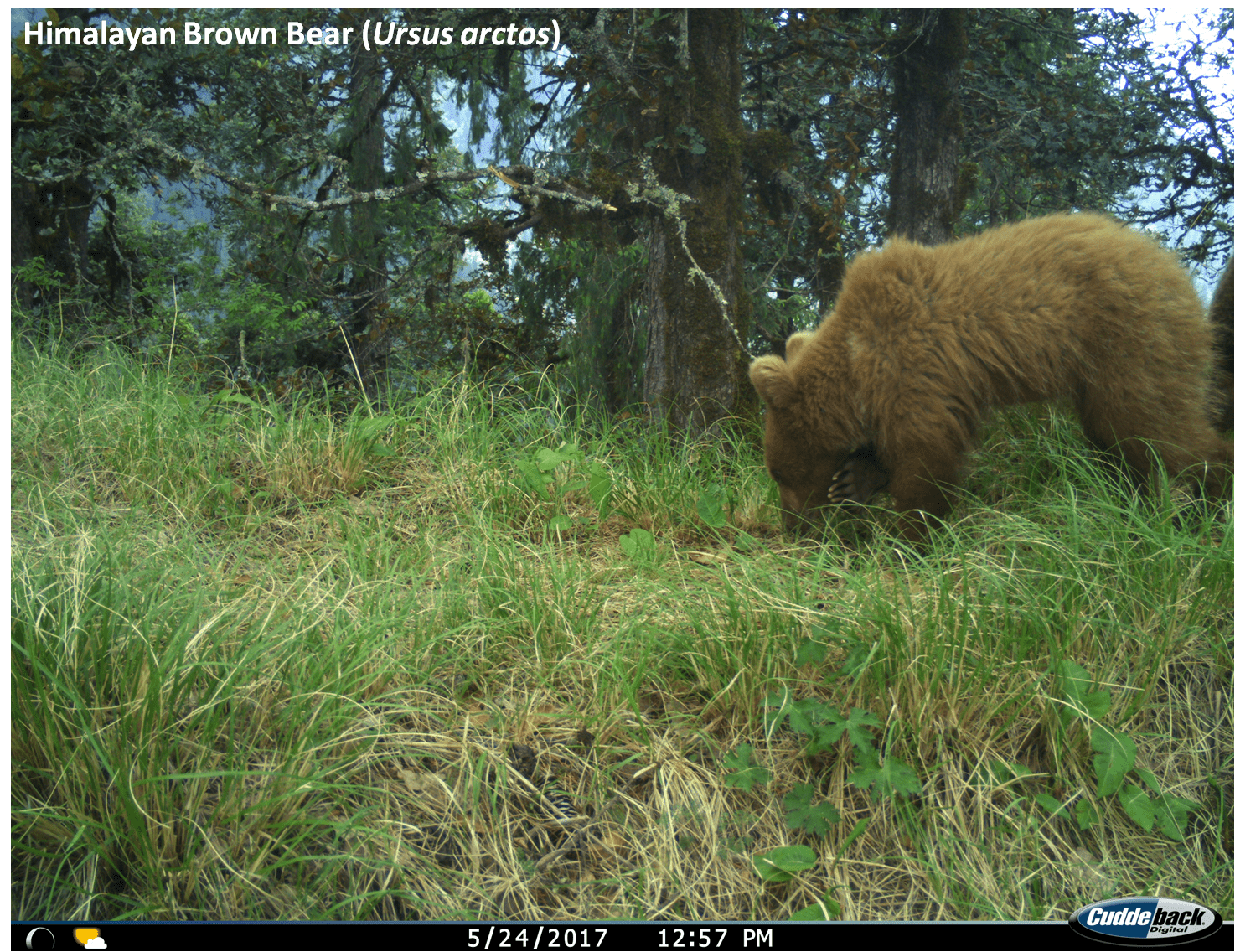
Credit: Meghna Bandyopadhyay
Trail camera photos also revealed Himalayan brown bears (Ursus arctos isabellinus), Asian black bears (Ursus thibetanus), common leopards (Panthera pardus) and smaller carnivore species like leopard cats (Prionailurus bengalensis), stone martens (Martes foina), yellow-throated martens (Martes flavigula), and Siberian weasels (Mustela sibirica).
Enlarge
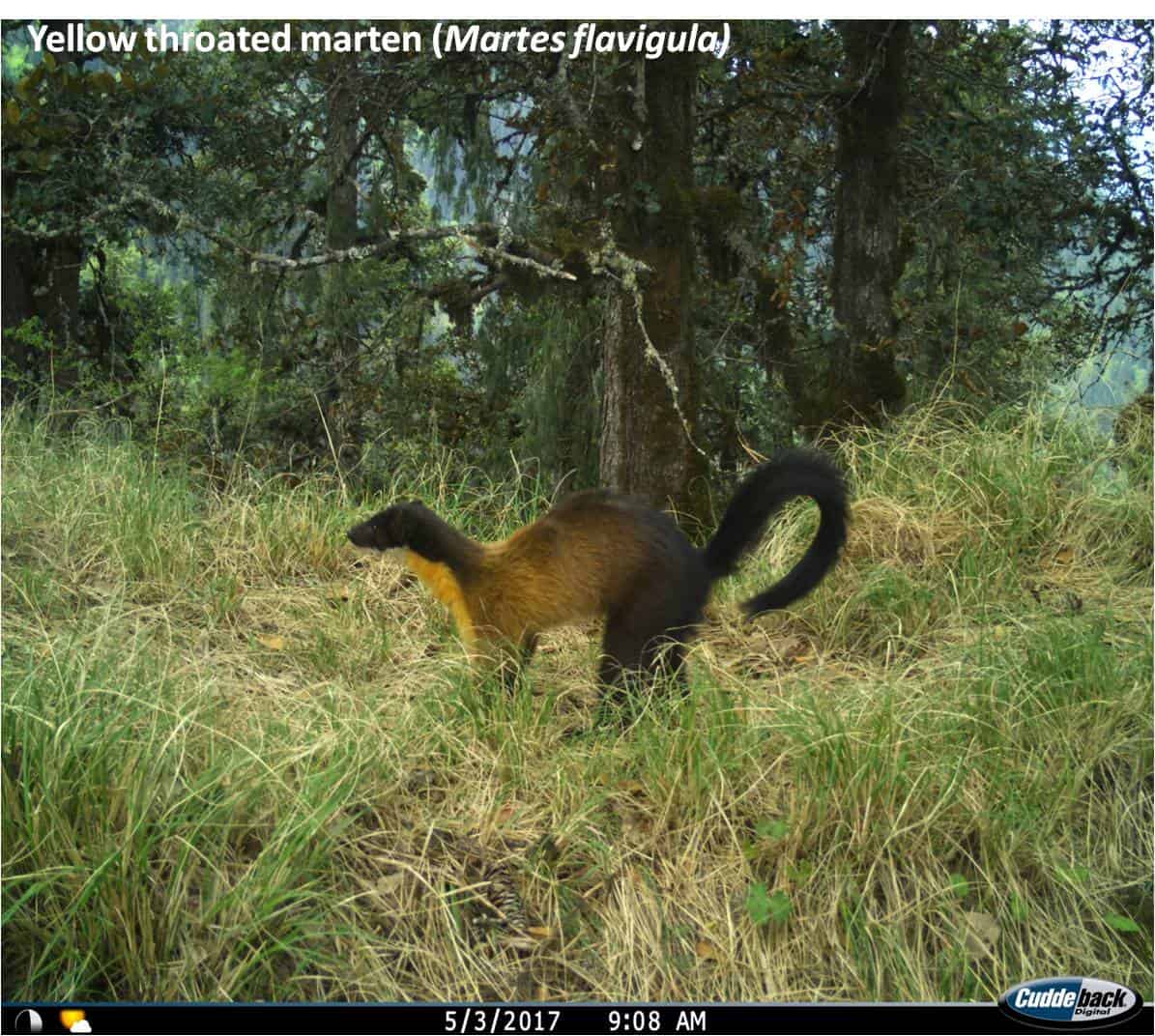
Credit: Meghna Bandyopadhyay
Preliminary research showed that some animals, like stone martens, stick to higher elevations with less human presence. Others, like yellow-throated martens (pictured above) and red foxes (Vulpes vulpes), do equally well in pristine areas and near villages, where they can exploit rodents, livestock and other resources associated with human populations. Other species, like the Indian grey mongoose (Herpestes edwardsi), did better near humans than in wilder regions.
Enlarge
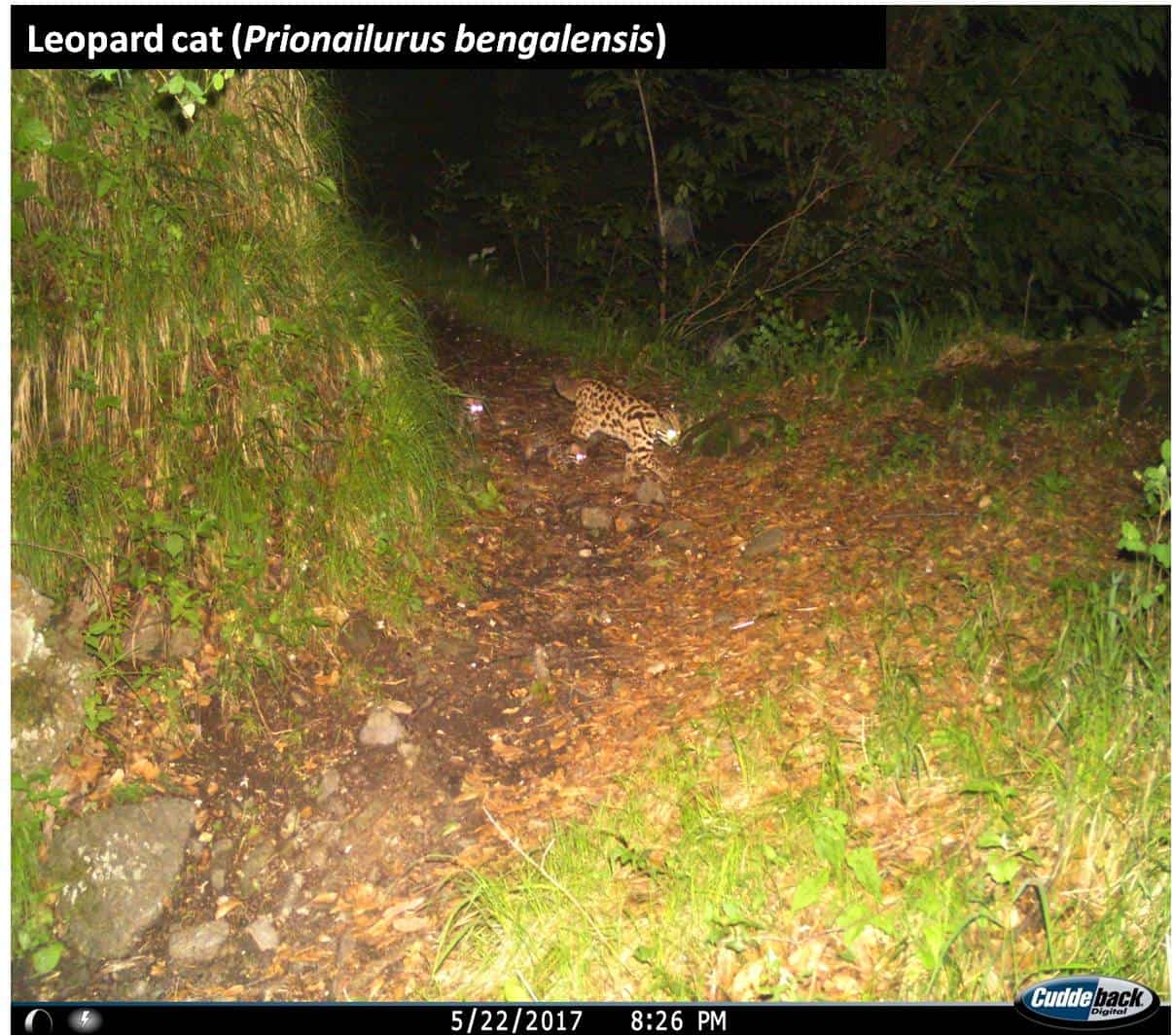
Credit: Meghna Bandyopadhyay
The research also revealed that species like foxes and leopard cats are more likely to overlap their territories, both in time and space, when they are close to humans. This means there is likely an abundance of food to forage on in these areas. In the wild, while they may be found in the same areas, it usually isn’t at the same time.
Enlarge

Credit: Meghna Bandyopadhyay
Bandyopadhyay also said that the camera traps revealed some of the ways that poachers, many of whom use snares like the wire devices pictured above, were using the land.
“We could pinpoint the intrusion points of illegal hunters and poaching, because this landscape is so closed,” she said. While the area is large and difficult to police for this sort of thing, she said this information could help rangers focus their efforts better to stop illegal hunting, which often focuses on ungulates like musk deer species and Indian goral (Naemorhedus goral). “The park managers, the park department, can put some more management and patrolling practices in those areas particularly.”
Enlarge
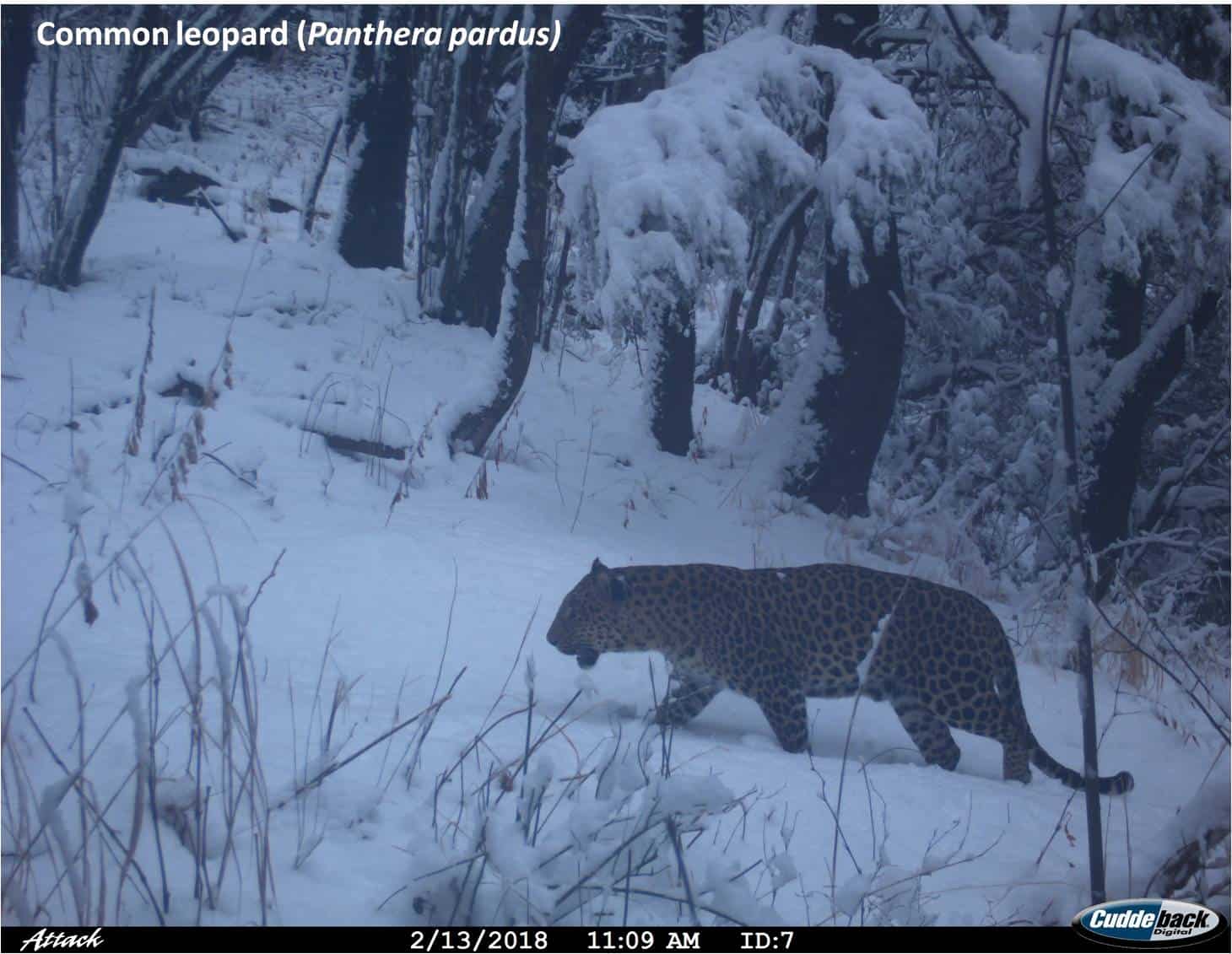
Credit: Meghna Bandyopadhyay
By having locals help set up the camera traps for the study, Bandyopadhyay said the researchers hoped to increase and spread the education about the way the ecosystem works.
“People don’t even know that if you kill a species, what the ecological harm will be,” she said. “We have a dynamic system here.”
Enlarge
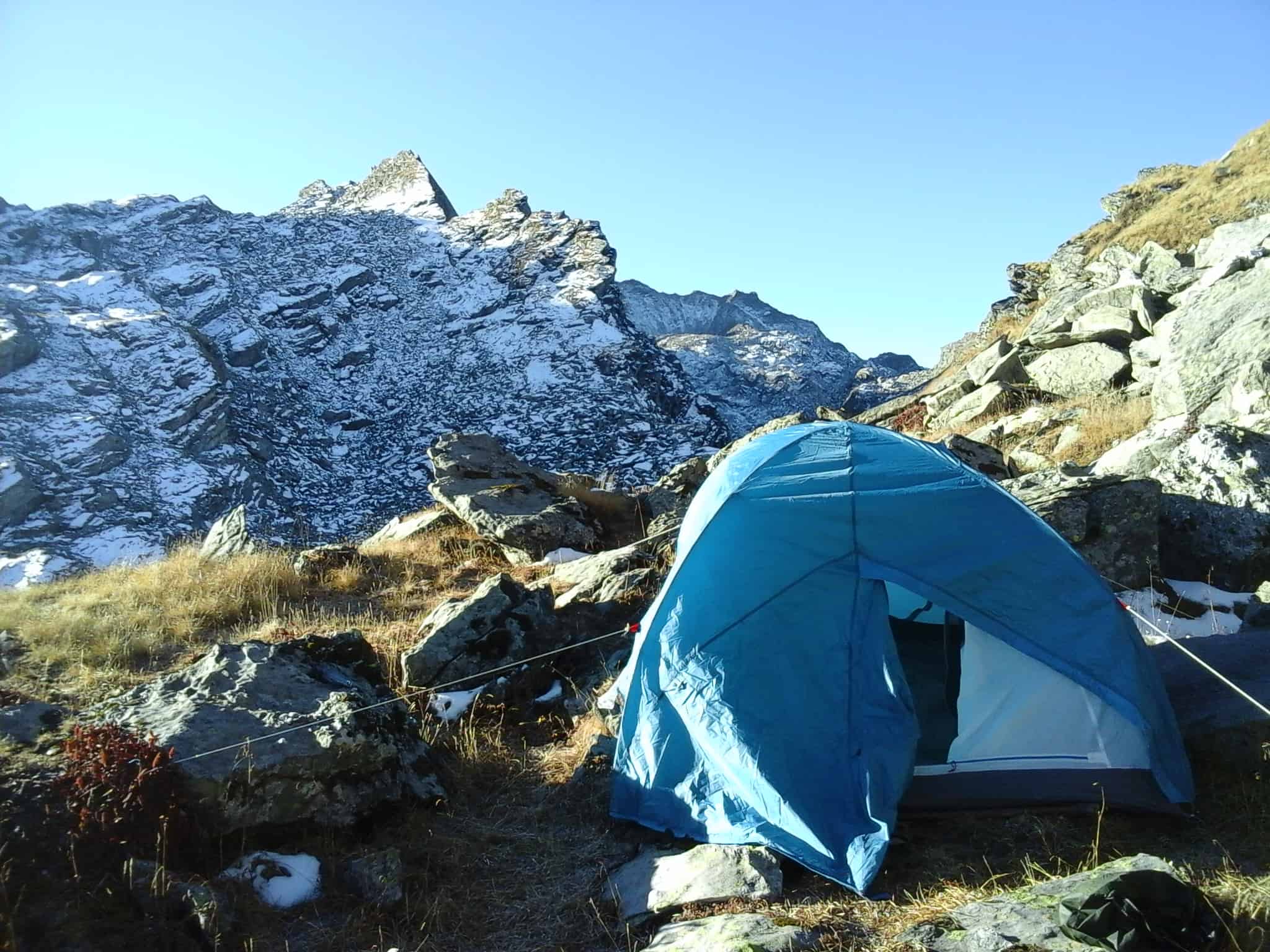
Credit: Meghna Bandyopadhyay
Header Image: Researchers surveying small carnivores in the Great Himalayan National Park in northwestern India found species liked this yellow-throated marten. Credit: Meghna Bandyopadhyay



